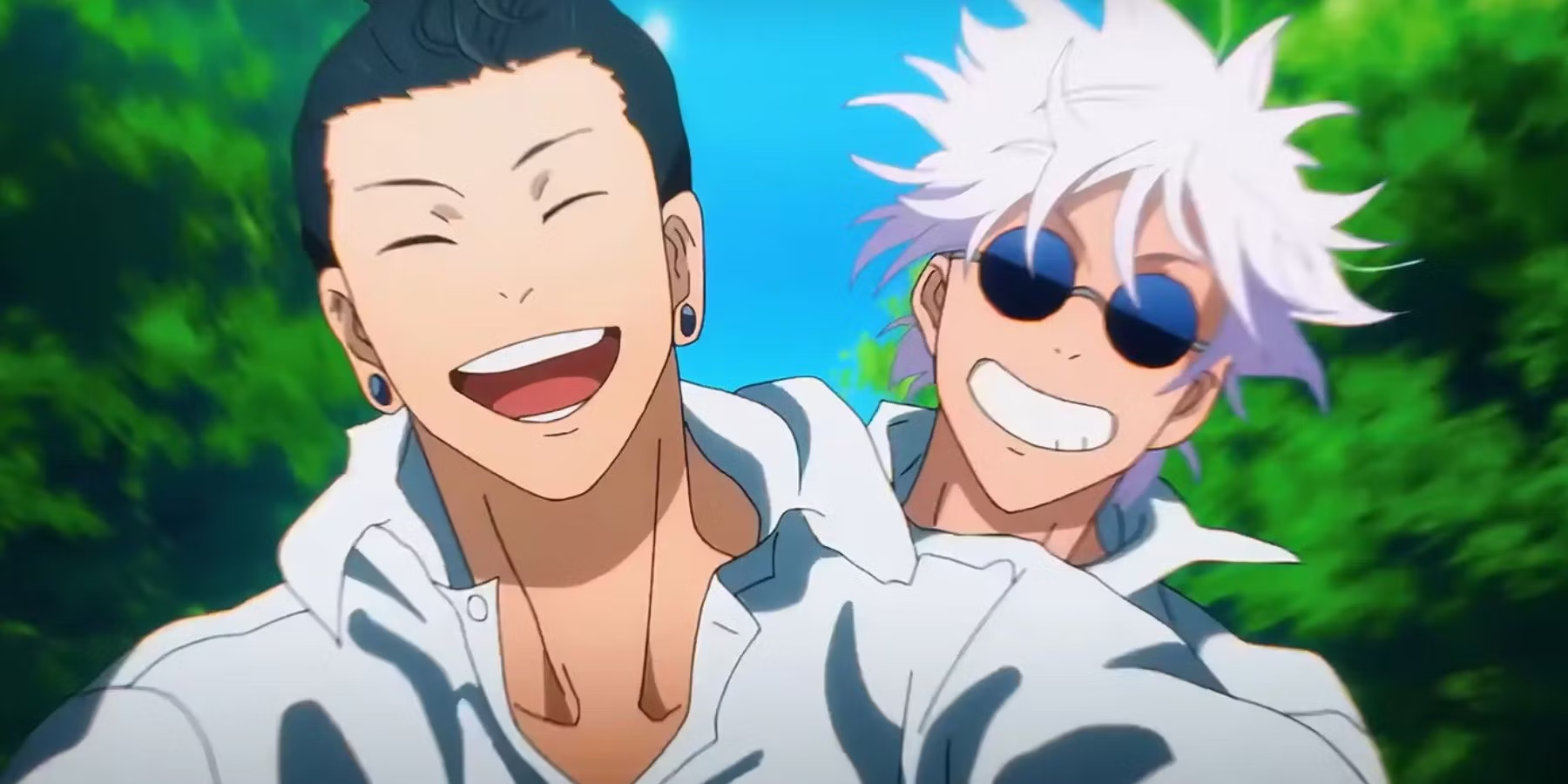The parallels drawn between Satoru Gojo and Suguru Geto from Jujutsu Kaisen and Kakashi Hatake and Obito Uchiha from Naruto are indeed striking.
Both pairs share a complicated dynamic rooted in their past, where they transition from bitter rivals to close friends before tragic circumstances tear them apart, leading them to become enemies.
In both narratives, the mentor figures (Kakashi and Gojo) start as anti-heroes and undergo significant character development, eventually becoming influential mentors to the main protagonists (Naruto and Yuji Itadori in Jujutsu Kaisen).
Comparing Jujutsu Kaisen’s Gojo and Geto to Naruto’s Kakashi and Obito

Meanwhile, the morally inclined characters (Obito and Geto) initially serve as sources of inspiration but later succumb to disillusionment and become main antagonists.
What sets these dynamics apart is the depth of their storytelling and the impact on the overarching plot. Rather than merely serving as a lesson on the power of friendship or idealism, these relationships shape critical details in the narrative and challenge the protagonists’ beliefs and convictions.
The tragic stories of Kakashi and Obito in Naruto and Gojo and Geto in Jujutsu Kaisen serve as pivotal plot points, revealing the cruelties of their respective societies and explaining how these characters shape the world around them.

These narratives add layers of complexity to the series, elevating them beyond typical shonen rivalries and redefining the genre’s storytelling conventions.
As Season 2 of Jujutsu Kaisen explores the intricate relationship between Gojo and Geto, it follows in the footsteps of Naruto by delivering a compelling and emotionally resonant narrative that explores the complexities of friendship, rivalry, and betrayal. Just as Kakashi and Obito have become iconic figures in Naruto, Gojo and Geto are poised to leave a lasting impact on Jujutsu Kaisen and its fans.





